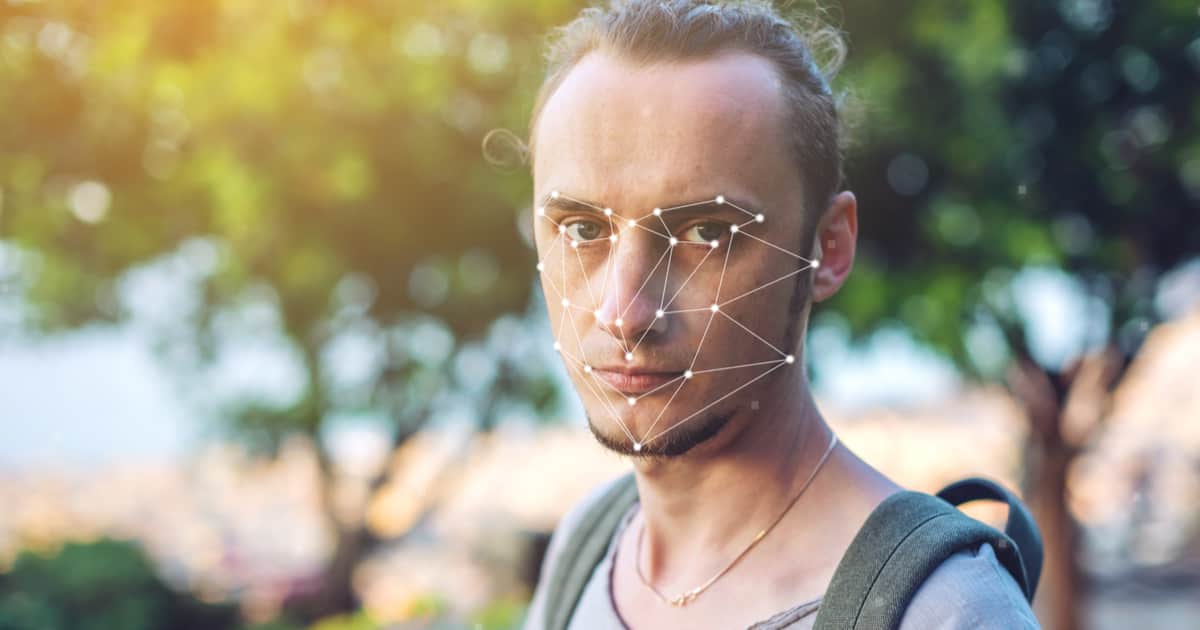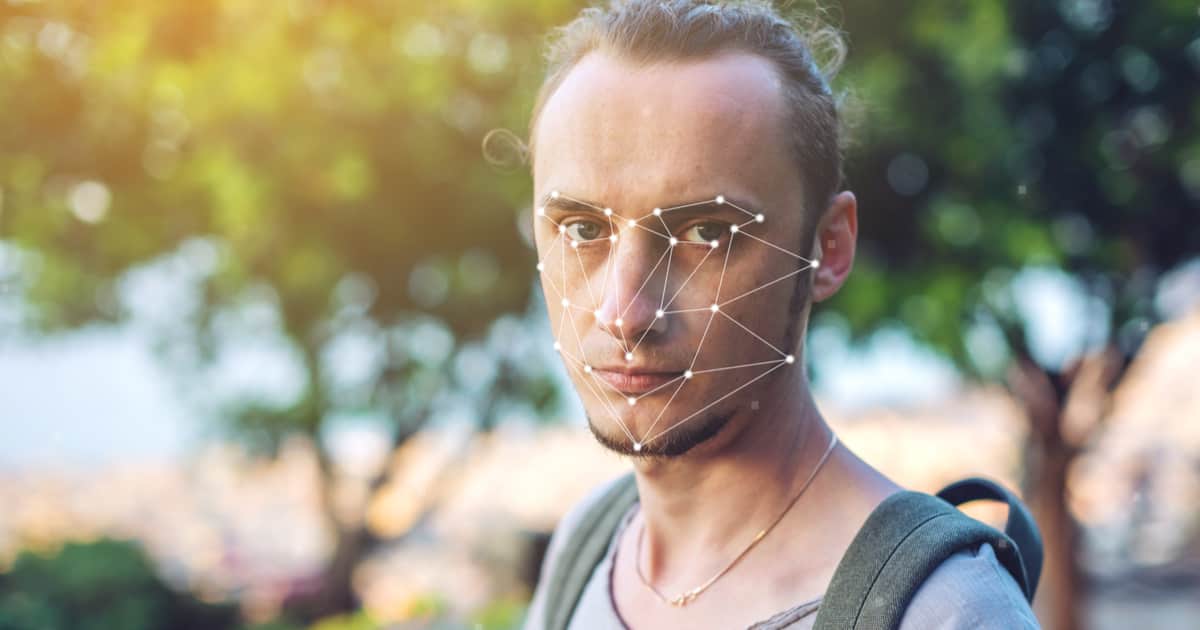A new report released by The Korea Herald suggests that the facial recognition software rumored to be part of the upcoming iPhone 8 will be blazingly fast. This should help alleviate concerns about facial recognition being much slower than the current Touch ID system. In fact, the speed of the iPhone 8 facial recognition process is rumored to be measured in millionths of a second. That’s considerably faster than the Touch ID system Apple’s supposedly abandoning.

iPhone 8 Facial Recognition in Millionths of a Second
The report on the Samsung-made OLED display for the next-generation iPhone reiterates the speculation that the handset won’t have Touch ID. It also alleviates some of the worries about using facial recognition instead of fingerprint authentication. Several aspects of the change were concerning to a number of people, and speed was a big one.
Today’s report suggests we won’t have to worry about speed at all. Without offering specific benchmarks, the report does offer encouraging details about the zippiness of the iPhone 8 facial recognition hardware and software.
The new facial recognition scanner with 3-D sensors can deeply sense a user’s face in the millionths of a second.
While the report doesn’t say who provided the information, the writing is pretty much on the wall. It’s a Korean publication, and Samsung is based in Korea. Chances are, someone from Samsung leaked the information.
Facial Recognition Even in the Dark
Another common “complaint” has been the usability of facial recognition in the dark or other low light conditions. However, it’s expected that Apple has designed the iPhone 8 facial recognition system to use infrared detection, which really makes a lot of sense.
Infrared will work even in the dark and in low light, since it picks up the heat of your face rather than visible light. The Wall Street Journal (subscription required) notes that this will also allow for highly accurate depth information.
Depth-sensing technology, generally called “structured light,” sprays thousands of tiny infrared dots across a person’s face or any other target.
By reading distortions in this field of dots, the camera gathers superaccurate depth information. Since the phone’s camera can see infrared but humans can’t, such a system could allow the phone to unlock in complete darkness.
Unlikely to Feature a Curved Edge Display
The report from The Korea Herald has more to say about the unreleased handset. The publication notes that the upcoming iPhone 8 is unlikely to sport a curved edge display. The Samsung Galaxy S8 models offer an edge-to-edge display with two curved edges. According to the source, “Apple is highly unlikely to follow the same design.”
Instead, according to the unnamed source, the iPhone 8 will have a bezel-less flat display. Our own Andrew Orr has offered up his own opinion on how photographs will look on a bezel-less iPhone. Preview: he thinks a different aspect ratio is in order.

I’m curious how this works with identical twins. Fingerprints are not a problem, as twins’ fingerprints are different, but faces? Can it tell very subtle differences in faces?
That’s an excellent question, and something we alluded to on TDO today. The matrix (map) it builds is pretty granular, so I think it would recognize some subtle differences. The problem is the tolerance that Apple is going to need to incorporate — imagine how your face looks when you’re having sinus problems, for example. That’s a subtle difference that the recognition algorithm will need to allow for.
I wonder what would happen if a user decides he’s tired of shaving and decides to grow a beard?
Little or nothing would happen. A beard, or any hair, for that matter, tends to reflect little, if anything, in the infrared spectrum.